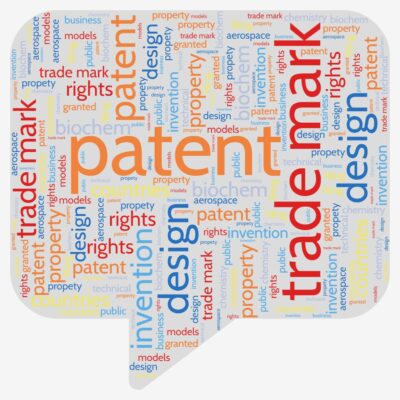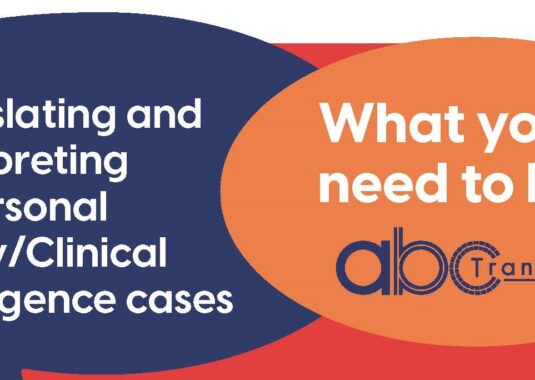Applications can be filed at the EPO in any language. However, the official languages of the EPO are English, French and German. If the application is not filed in one of these languages, a translation has to be submitted.
The exact procedures and translation requirements for validation differ in each EP state. Depending upon whether the target country is a member of the London Agreement, either the claims only or the entire patent specification must be translated. In some countries such as the United Kingdom, France, and Germany there is no translation requirement at all.
However, when a translation is required, it should be done as precisely as possible so as not to deviate from the scope of the subject matter claimed in earlier filing(s). Inaccurate or poor quality translations of the patent specification can render the patent unenforceable, thereby seriously prejudicing the rights of the applicants.
GRANT OF PATENT
Once the application has been published, and during the examination process to decide whether a patent can be granted, the applicant now has to file a translation of the claims in the two official languages of the EPO other than the language of the proceedings. So a patent application in English now requires translations of the claims into French and German, and said translations must meet the layout requirements of the EPO.
PREVIOUS APPLICATION CLAIMED AS PRIORITY
Where the previous application claimed as priority is not in an official language of the EPO and the validity of the priority claimed is relevant to the assessment of the patentability of the invention concerned, the EPO will require the applicant for or proprietor of the European patent to file a translation into an official language of the EPO.
PRIOR ART
Even before an application is made, translation is sometimes required. Patent attorneys need to review the prior art, to see whether the new application is novel and inventive when taking existing patents into account, and this often involves translation of existing publications, frequently from Japanese, Chinese, French, German and Italian. Obviously, these translations have to be as accurate as possible to precisely determine whether the documents being researched are pertinent or not, and that the new application doesn’t infringe existing rights. The scope of such translation activities may range from translating only the abstract to determine whether a given document is relevant, to translating the entire patent document.
PATENT LITIGATION AND OPPOSITIONS
Translation can also play a vital role in patent litigation. Opposition proceedings may involve the need to translate several documents, as quickly and precisely as possible. The translated documents may be admissible as evidence and can form the basis on which the outcome of such disputes will depend.
TRADE MARK TRANSLATION
Currently there are four different routes for registering a trade mark. What you choose depends on the needs of your business.
If you just want protection in one country, perhaps where your business is based, or where you want to trade, you can make a trade mark application directly at the relevant national IP office. This is the national route.
If you want protection in Belgium, the Netherlands and/or Luxembourg, you can make an application to the Benelux Office of Intellectual Property (BOIP), for trade mark protection in those three Member States. This is the regional route.
If you want protection in more Member States of the EU, you can apply for an EU trade mark from the EUIPO – this is the European route. Since Brexit, the UK is no longer part of the EU and therefore is no longer included in the EUTM scheme, so protection in both the UK and the EU would require two separate applications.
A further route to protection in the EU is the international route. You can use your national, regional or EU trade mark application to expand your protection to any country that is a signatory of the Madrid Protocol.
When applying for an EUTM or international trade mark, it needs to be borne in mind that a trade mark should not monopolise a sign that merely describes the goods and/or services that it seeks to protect.
Examiners at EUIPO will consider words in the mark and the description of the goods or services by reference to the Community as a whole. If, for example, a trade mark consists of a word in an application made in English and that word is in French the name of the goods or services for which protection is sought, then the examiner must object. Thus “Gelato,” Italian for ice cream, or “Wurst,” German for sausage, cannot be registered.
It is therefore worth checking in advance of application that the wording of a trade mark does not mean or describe the goods or services that it seeks to protect in one of the community languages or the national language concerned, which would result in a refusal of the mark.
Translation is also useful if an applicant needs to check whether the word they wish to trade mark has any negative connotations or meanings in other languages. Think of the apocryphal story of the Chevy Nova car, which could be read as “doesn’t go” in Spanish, or the Ford Pinto, where ‘pinto’ is Brazilian slang for “male genitals”….
Furthermore, when filing a trade mark application, the list of the products to which the mark would apply may need to be translated into the official languages of the relevant countries.
And in the case of dispute, translations of evidence to support or negate opposition proceedings may be required.
Translation of patent and trade mark documents is a skill requiring expertise both in technology and the languages concerned. Considering the implications of inaccurate translation, finding the most appropriate translators is paramount, and why an established, reputable translation company, such as ABC Translations, should be used.




